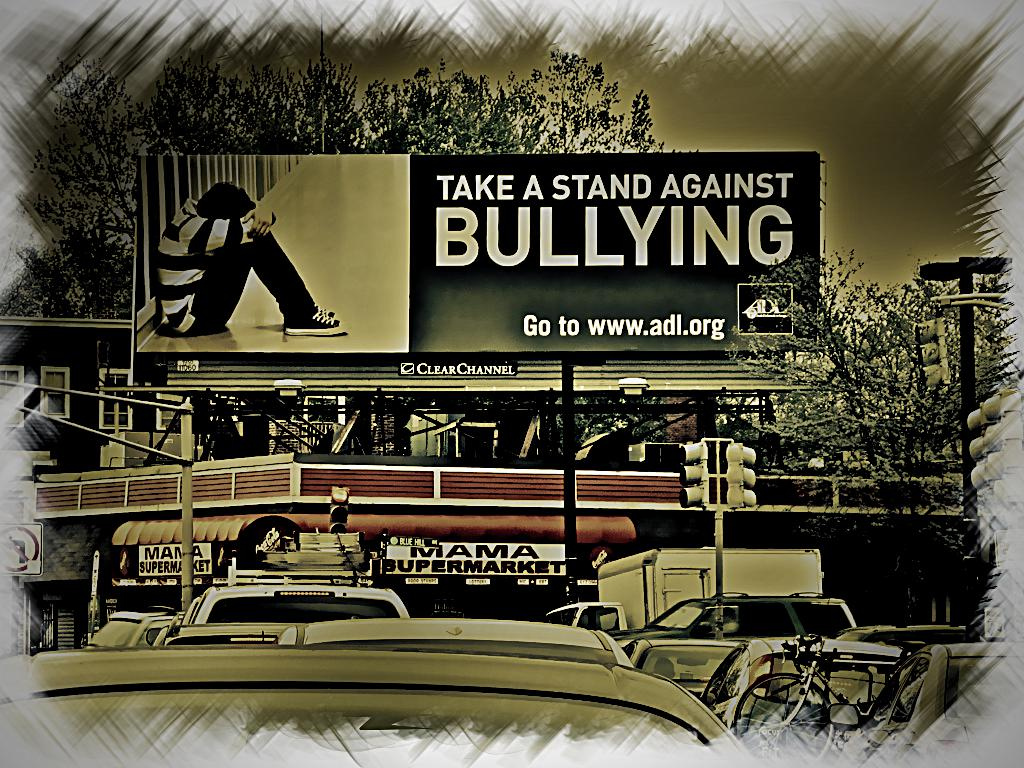 Understanding bullying
Understanding bullying
Does bullying increase the youth at risk of substance abuse? Bullying is a pervasive issue with serious implications for individuals’ well-being and development. The term “bullying” encompasses a variety of interactions, such as name-calling, teasing, threats, social exclusion, spreading rumors, keeping secrets, hitting, kicking, and other forms of physical violence. Unfortunately, the majority of youth and teens will experience bullying at some point in their lives, and 41 percent of teens believe that it’s a recurring experience. Most bullying happens at school, where there are many moments during the day where students interact without adult supervision. Suppose an adult does not intervene and put a stop to inappropriate and/or mean behavior immediately. In that case, bullying can negatively impact concentration, self-esteem, and social relationships, fostering feelings of isolation and hopelessness. Isolation and hopelessness can lead a person to self-medicate in an attempt to find relief.
Youth at Risk of Substance Abuse
Research indicates a troubling connection between youth who are bullied and youth at risk of substance abuse as a direct result. Instead of feeling safe at school, at home, or within the community, bullied youth become afraid to show up and be present in their day-to-day lives. The emotional well-being of a bullied youth deteriorates, and the need to “escape” increases. Alcohol and/or drugs are easily turned to as a means to escape reality and find relief. But, finding relief by drinking or using drugs is only a temporary fix coupled with a significant risk of dependency and maladaptation to adulthood. Exposure to alcohol and drugs at an early age is highly detrimental because it not only increases the risk of addiction but also takes away the opportunity for youth to develop positive coping strategies and learn to navigate life in a way that yields positive and successful outcomes.
How To Help Youth at Risk of Substance Abuse
To be able to help someone who is experiencing bullying, you must be able to spot the signs. However, if the signs are missed, it’s not too late to intervene and find help for your targeted youth before they turn to substances. Even if substance use has already begun, there are ways to help your youth before their use turns into abuse. The following section of this article will cover how to help your child by recognizing the signs of bullying, addressing the issue if the signs were missed, and handling situations where your child has turned to substances for relief.
How To Tell If Your Child Is Experiencing Bullying
Often, if a child is experiencing bullying at school or within the community, they won’t say anything to their parents out of shame and embarrassment. However, there are a few telltale signs to pay attention to find out if your child is a victim of bullying:
- Your child would rather stay home. Whether your child is quietly resistant or kicks and screams about going to school or getting in the car to attend the extracurricular activities they used to love, it’s most likely because there is something or somebody they don’t want to encounter. Please pay attention to this and gently ask them what they are avoiding.
- They come home in silence and remain that way. If your child does not want to talk about their day, it could be because they are ashamed of something that happened.
- Increased isolation and withdrawal: If there is a noticeable downtrend in your child’s energy levels and desire to be social, it can be an indication that they are experiencing bullying. Spending more time in their room and less time being curious about life and/or hanging out with their friends can mean that a child is having difficulty with their mental health, possibly due to being bullied.
- They tell you or their teacher: Sometimes, children and teens will come out with it and tell their teacher or parents that somebody is bullying them. They might not use the word “bully,” so pay attention to their words. They might mention that somebody is making fun of them, spreading rumors, telling them they aren’t allowed to hang out with the group, or is messing with their belongings. Do not brush this off or act like it’s a natural process for all children and teens. Take it seriously, and ask more questions to get more of the story.
Addressing The Issue
Bullying can cause emotional, psychological, and physical damage. Further, it can lead to severe mental health issues like depression, anxiety, and substance abuse. As mentioned earlier, victims of bullies may turn to alcohol or drugs, thinking it will offer relief from the mental distress they are experiencing. But in reality, alcohol and drugs worsen depression, cause more anxiety, and ultimately rob youth of healthy development. So, it’s essential to address the issue of bullying in two ways:
- Tactfully Address the Bully: As a parent, showing your child that you have their back by intervening is essential. However, they never address the bully directly. This will cause greater problems as the bully is, in most cases, a child. The best method is to report the issue to the source. If bullying occurs at school, call a teacher or the school’s administration. If it’s during an extracurricular activity like sports, contact the coach. Take a responsible, calm approach and report only the facts. If the problem is not taken care of, follow up or request to have an in-person meeting.
- Address the Mental Health of the Person Bullied: It’s essential to have honest conversations with your child so you can address where their mental health is at. Let them know that you are here to support and help them through this time in their lives. Listen intently, and do not interrupt your child when they tell you their side of the story. Additionally, do not react in fear or emotionally. This could cause your child to withhold information from you because they can’t handle any more imbalanced emotions. Ask questions, and then make a responsible assessment of the next steps.
Next Steps for Youth at Risk of Substance Abuse
The methods of help for bullying vary based on how long the bullying has been occurring, your child’s feelings, and how they have been coping with the experience.
If intervention took place early on:
- Continue to monitor your child’s behavior. Watch out for continued isolation, withdrawal, and avoidance of talking about themselves. If any alarming behavior continues, follow up with them about the bullying, and if needed, follow up with their school or the source. Follow up often until your bullied youth’s behavior and emotional state returns to normal.
If the bullying is persistent:
- Monitor your child’s behavior consistently and stay in touch with the location where it is happening (school, sports team, etc). If the situation continues to worsen or even if it has stopped but your bullied youth’s mental state is still bad or declining, seek out professional help. Professional help, such as therapy, can help your child work through their experiences and resolve their distress.
If your child has turned to substances for relief:
- Most bullied youth will not outrightly admit they are using substances to cope with their pain. So, it’s very important to pay close attention to the signs. Some signs are more obvious, like smelling smoke or alcohol on their breath, while others are a lot more discreet, such as avoiding eye contact. Some methods you can use to determine if your bullied youth is involved in alcohol and/or drugs are:
- Use your nose.
- Search their spaces.
- Look them in the eyes
- Pay attention to their whereabouts
While finding out that your child is using alcohol and drugs can be scary, it also opens up an opportunity to support them and guide them toward healthier choices. Help Your Teen Now has over 20 years of experience helping parents guide their kids toward healthier decision-making and, ultimately, a healthier life. Reach out today to get the support you need to help your targeted youth find healthy solutions and a positive life path.
—–
Reference Sources:
NIDA for TEENS: Bullying hurts the bully too: https://nida.nih.gov/research-topics/parents-educators
NCBI: Victimization from Mental and Physical Bullying and Substance Use in Early Adolescence http://www.ncbi.nlm.nih.gov/pmc/articles/PMC2707251/
StopBullying: What Do Bullying and Youth Substance Use Have in Common? More Than You Might Think http://www.stopbullying.gov/blog/2013/01/29/what-do-bullying-and-youth-substance-use-have-common-more-you-might-think.html




0 Comments